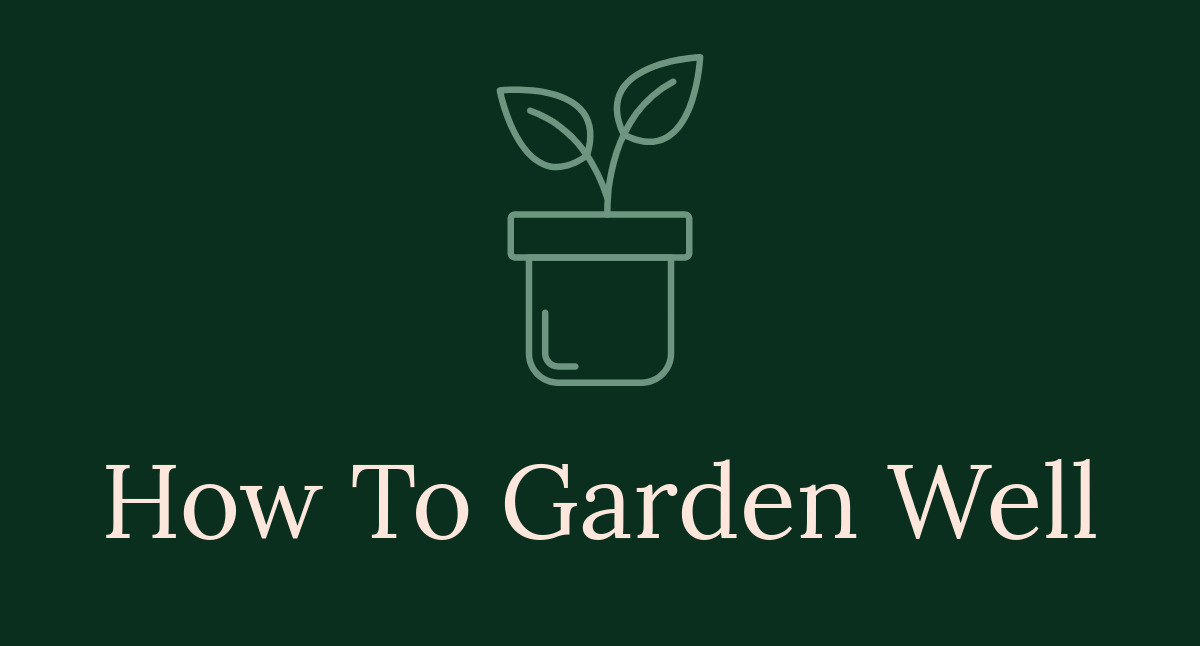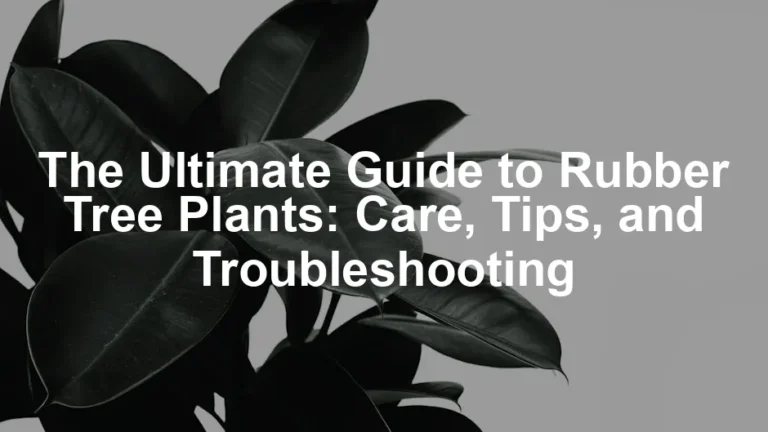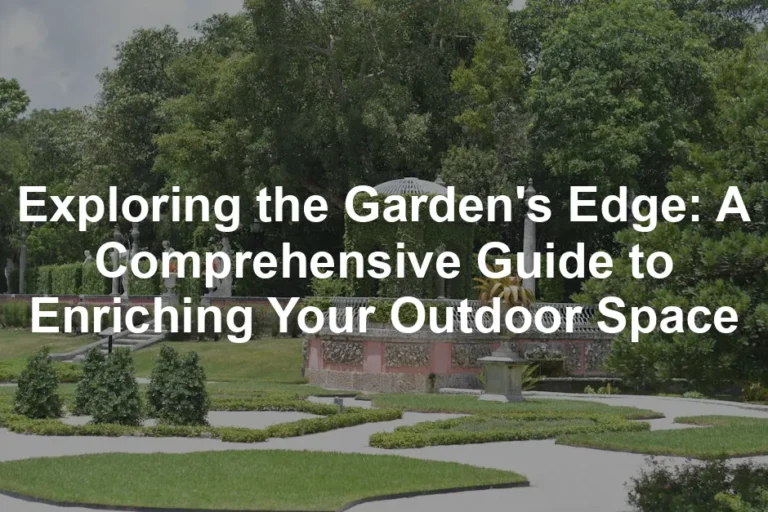
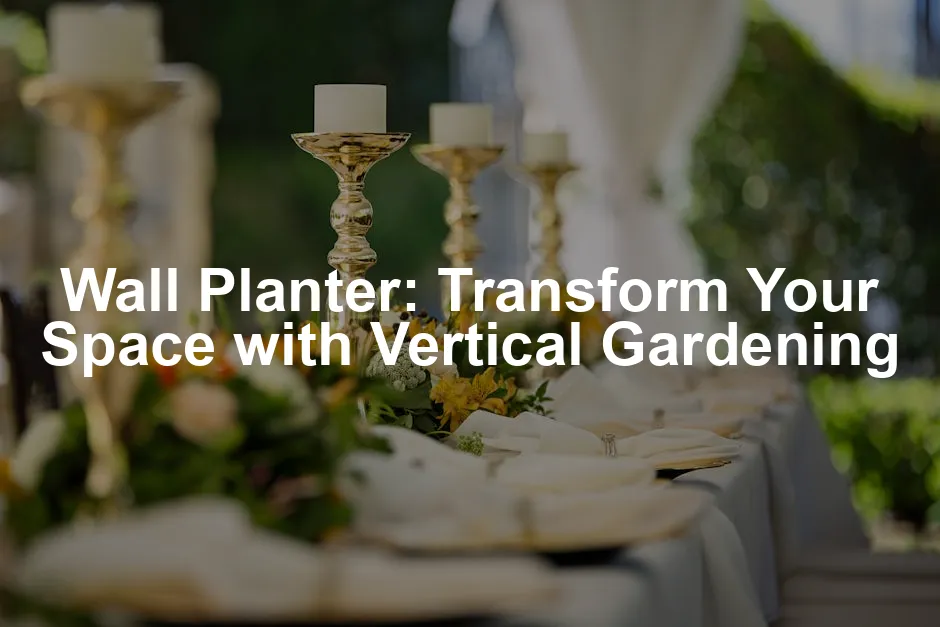
Wall Planter: Transform Your Space with Vertical Gardening
Introduction
Wall planters are gaining traction in modern gardening. They offer a stylish way to grow plants while saving space. Perfect for small apartments or homes, these vertical gardens beautify any wall. In this article, we’ll look at different types of wall planters, their benefits, installation tips, and how to care for them.
Summary and Overview
A wall planter is a vertical gardening solution that allows plants to thrive on walls. These planters come in various styles, sizes, and materials, making them versatile for any space. The trend of vertical gardening is especially popular in urban areas, where outdoor space is limited.
Wall planters can dramatically enhance your home’s decor, adding color and life to bare walls. Beyond aesthetics, they also improve air quality and promote a healthier environment. Plants can reduce indoor pollutants and increase humidity, creating a more pleasant living space.
Feeling overwhelmed by plant care? Grab a Plant Care Guide Book that simplifies the process! With tips on watering, sunlight, and soil needs, you’ll become a plant whisperer in no time.
For more inspiration on how to create your own vertical garden, check out these DIY vertical gardening ideas for apartments.
Types of Wall Planters
Different Materials Used
When it comes to wall planters, materials matter a lot. Let’s explore some common options: metal, wood, plastic, and ceramic.
Metal planters are durable and often have a modern look. They resist weather conditions, making them great for outdoor use. However, they can rust over time if not coated properly.
Wooden planters bring warmth and a natural feel. Cedar and redwood are popular choices due to their resistance to rot. Keep in mind, untreated wood may require more maintenance as it can warp or decay.
Plastic planters are lightweight and affordable. They come in various colors and styles. However, they may not be as long-lasting as other materials and can fade in sunlight.
Ceramic planters offer a classic aesthetic. They can be beautifully glazed and come in many designs. But, they are heavier and can crack if exposed to extreme temperatures. Want to add a touch of elegance? Consider these Ceramic Wall Planters that will elevate your decor!
Design Styles
Wall planters come in a range of design styles. Each style impacts functionality and decor.
Modern designs often feature sleek lines and minimalistic shapes. They fit well in contemporary spaces. Think geometric patterns and monochromatic colors.
Rustic styles use natural materials and textures. They bring a cozy, homey feel. Look for reclaimed wood or distressed finishes that celebrate imperfections.
Minimalist designs focus on simplicity. A few plants in clean, unobtrusive planters can make a statement. These styles emphasize negative space, allowing your plants to shine.
Popular designs include vertical grids and pocket planters. They not only look stylish but also efficiently use space.
Popular Wall Planter Types
Several wall planter types are popular today. Each offers unique benefits and plant options.
Vertical gardens allow you to create a living wall. They’re perfect for herbs, succulents, and flowering plants.
To learn how to choose the right soil for your indoor vertical gardens, visit how to choose the right soil for indoor vertical gardens.
Pocket planters have built-in pouches for plants. They work well for trailing vines and small flowers.
Wall-mounted pots are versatile. Choose from various sizes for herbs or decorative plants. If you’re looking to maximize your space, check out this Vertical Garden Planter that fits perfectly on your wall!
Trellis planters support climbing plants like peas or beans. They add height and interest to your vertical garden.
These planter types are adaptable. You can use them indoors or outdoors, bringing life to any space. Choose the right plants based on the type and your environment for the best results!
Benefits of Using Wall Planters
Space Optimization
Wall planters are a game changer for small spaces. They free up valuable ground space, allowing you to maximize your living area. If you live in an apartment or a cozy home, vertical gardening is perfect for you.
Instead of traditional planters taking up floor space, wall planters utilize walls. This means you can enjoy greenery without sacrificing room. Whether it’s a kitchen herb garden or a living room accent, these planters fit seamlessly into tight spots.
To get started, consider using a DIY Planter Kit that includes all the essentials for your vertical gardening adventure!
Aesthetic Appeal
Wall planters can dramatically enhance your home’s beauty. They add a unique touch to any wall, transforming a bare surface into a lush canvas. Imagine vibrant flowers or lush greenery cascading down a wall.
You can get creative with your planter setup. Consider using a mix of shapes and sizes for an artistic vibe. Hanging planters can also be arranged in patterns to create stunning focal points. This effortless blend of function and style will surely impress your guests.
Environmental Benefits
Indoor plants offer fantastic environmental perks. They significantly improve air quality by filtering toxins. Studies show that certain plants can reduce indoor pollutants by up to 87% in 24 hours.
Moreover, wall planters support biodiversity. They provide homes for various species, including beneficial insects. Adding greenery to your space not only beautifies but also contributes to a healthier planet. Embracing wall planters is a win-win for you and the environment!
Care and Maintenance of Wall Planters
Watering Tips
Watering wall planters can be tricky. Aim to water your plants once a week. However, this can vary based on plant types and weather. Check the soil moisture before watering. If the top inch feels dry, it’s time to water.
When watering, do so slowly. This helps the soil absorb moisture evenly. Be cautious not to soak the plants. Overwatering can lead to root rot, a common issue. Conversely, underwatering can cause wilting. Look for signs like yellowing leaves or drooping stems. Adjust your watering schedule as needed to keep your plants happy.
Fertilization and Soil Care
Choosing the right soil is crucial for wall planters. Use a lightweight, well-draining potting mix. This helps prevent water retention issues. You can also add perlite or vermiculite to improve drainage.
Fertilizing your plants is essential for growth. A balanced, slow-release fertilizer works well. Apply it every 4-6 weeks during the growing season. For indoor plants, consider using liquid fertilizer every month.
Regularly check the soil for compaction. If it feels dense, gently loosen it to promote airflow. This helps roots breathe and absorb nutrients better.
Pest Control
Even wall planters can attract pests. Common culprits include aphids, spider mites, and mealybugs. Regularly inspect your plants for signs of infestation. If you notice pests, act quickly to prevent damage.
Natural pest control methods can be effective. Introduce beneficial insects like ladybugs. They feast on aphids and other unwanted pests. Alternatively, you can use insecticidal soap or neem oil. Both are safe and can be applied directly to affected areas.
Always test new treatments on a small area first. This ensures your plants won’t react negatively. With proper care, you can keep your wall planters thriving and pest-free!
Creative Ideas for Using Wall Planters
Indoor vs. Outdoor Options
Wall planters shine in various settings. They enhance your home indoors or add charm outdoors. For indoor spaces, consider plants like pothos or ferns. They thrive in lower light conditions, making them perfect for shadowy corners.
Outdoors, opt for sun-loving plants like succulents or petunias. They can handle the elements and bring vibrant colors to your patio or garden. When selecting plants, think about light exposure and moisture levels. Ensuring the right plant for the right spot is key to a thriving wall garden.
Seasonal Decorating
Changing your wall planters with the seasons can keep your decor fresh. In spring, fill them with cheerful flowers like daisies or tulips. For summer, think vibrant colors with zinnias or marigolds.
As autumn arrives, switch to rich hues with ornamental peppers or fall-themed decorations. In winter, consider evergreens or festive ornaments to brighten up the cold months. You can also create themed planters for holidays, like red and green plants for Christmas or pastel colors for Easter. This adds a fun, festive touch to your space.
DIY Wall Planter Projects
Creating your own wall planters can be rewarding and fun. Start with simple projects like repurposing wooden pallets. They make fantastic rustic planters for herbs or small flowers.
Another idea is using old wooden crates. Hang them on the wall and fill them with your favorite plants. For materials, check local craft stores or online resources. Websites like Pinterest offer tons of inspiration for DIY projects. To make it easier, consider a set of vintage wooden crates that can add charm and functionality to your wall garden!
Whether you’re skilled or a beginner, these projects are a great way to personalize your space and show off your creativity!
FAQs
What types of plants are best for wall planters?
When choosing plants, consider their light and water needs. For low-light areas, opt for snake plants or peace lilies. They require minimal care and thrive indoors. For bright spots, succulents and herbs like basil or thyme are ideal choices. Always check specific requirements for each plant to ensure they flourish.
How much weight can a wall planter hold?
The weight limit for wall planters largely depends on the material and design. Most wall-mounted planters can hold 10-30 pounds safely. However, always read the manufacturer’s guidelines. Consider the type of wall you’re mounting on, too. Ensure it can support the planter’s weight without damage.
Can wall planters be used indoors and outdoors?
Absolutely! Wall planters can thrive in both locations. For indoor use, choose plants that prefer lower light. For outdoor areas, select sun-loving varieties. Ensure that your wall planters have appropriate drainage for each environment. This helps prevent root rot and keeps your plants healthy.
How do I prevent pests in my wall planters?
To prevent pests, regularly inspect your plants for signs of trouble. Use natural deterrents like neem oil or insecticidal soap. Keep foliage clean by gently wiping leaves with a damp cloth. Additionally, introducing beneficial insects like ladybugs can help manage pest populations effectively.
Are there any specific wall planter kits available for beginners?
Yes! Many brands offer beginner-friendly wall planter kits. Look for options from IKEA or local gardening stores. These kits often include everything you need, from planters to mounting hardware. They can simplify the process, making it easy for newcomers to start their vertical gardening journey.
How do I choose the right location for my wall planter?
Consider factors like light exposure and moisture when selecting a location. Place planters where they can receive adequate sunlight, especially for outdoor plants. Indoor planters should be positioned near windows for natural light. Ensure easy access for watering and maintenance, too.
Can I use wall planters for herbs or vegetables?
Absolutely! Wall planters can be excellent for growing herbs and small vegetables. Choose varieties that thrive in smaller spaces, like basil, parsley, or cherry tomatoes. Ensure they have enough sunlight and water. With the right care, you can enjoy fresh herbs right from your wall!
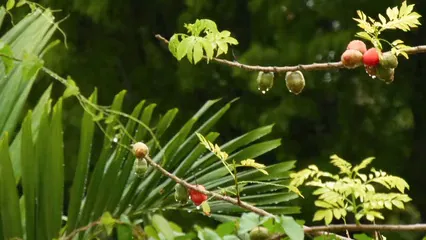
Thank you for reading till here 🙂
All images from Pexels
